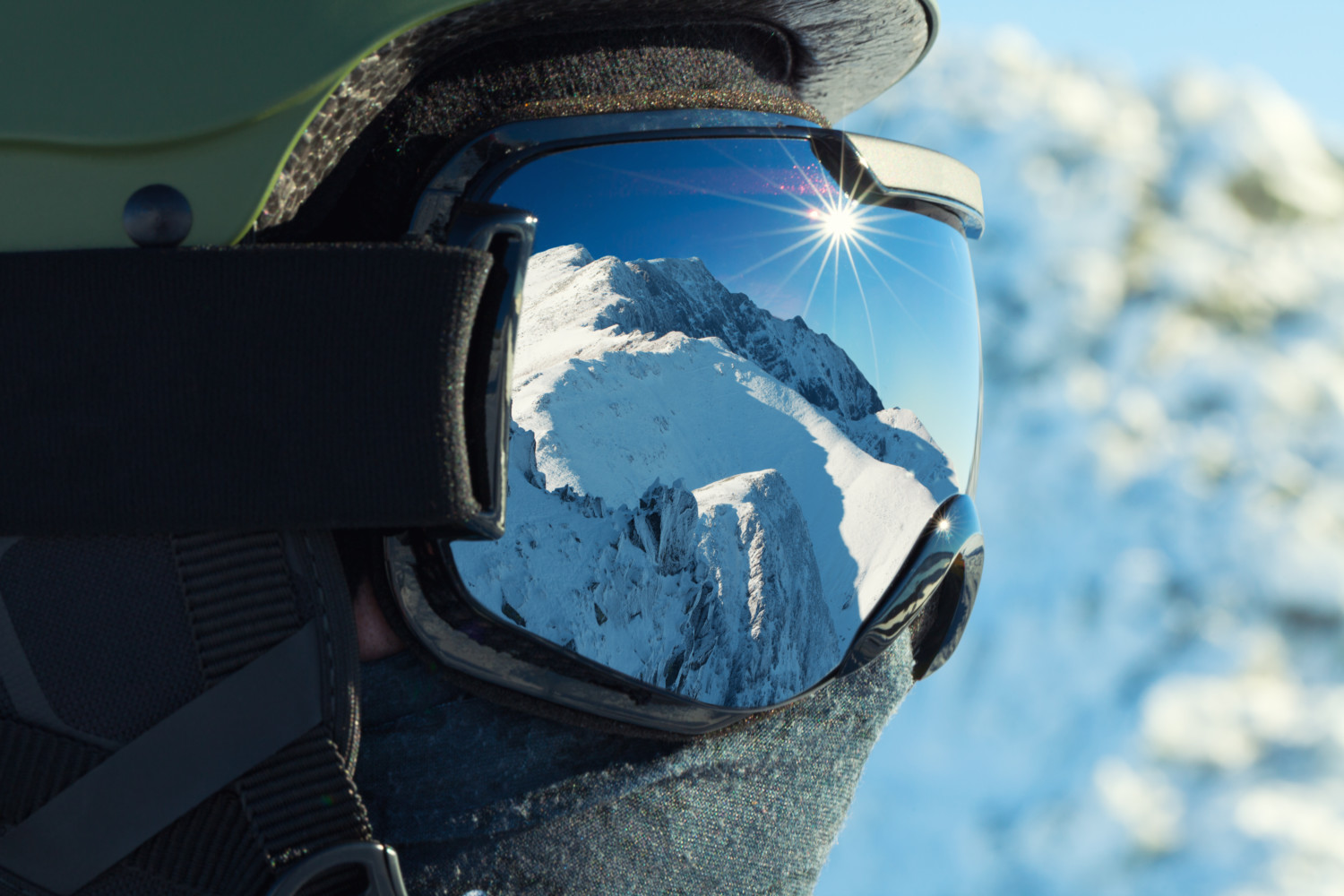If you’re a skier, you’ve probably been there before: You’re all bundled up and bouncing down moguls when your goggles start to become hazy. As your body heats up, moisture condenses inside your goggles, making everything a literal blur.
The best ski goggles are akin to warm gloves; they’re essential to a day on the slopes. It’s already tricky enough handling sunshine as it reflects off the bright white snow, the last thing you want to deal with is foggy goggles. In addition to serving as sunglasses, you need to protect your eyes from the cold air and any precipitation. When they aren’t functioning properly, it’s hard to see and avoid other skiers, snowboarders and trees, which makes a day on the mountain dangerous.
Here are a few ways to help you avoid the dreaded haze as you go about your day of play on the slopes.
Make Sure Your Goggles Are Dry To Begin With
Even the best ski goggles are bound to get wet whether you’re shredding down the mountain or gently gliding down a bunny hill. This happens from snowfall, sweat or if you’ve taken a gnarly spill. That’s pretty typical.
Just like your other accessories, like socks and gloves, your ski goggles aren’t going to be as efficient or helpful when they’re wet. Each time you ski, air out your items so they’re ready to go for the next time. Meaning: Don’t shove them in your zipped-up bag and call it a night! If you leave damp goggles in a car overnight in the winter, any moisture absorbed by the hydrophilic lens coating and foam barrier will remain damp. Then, when you put the goggles on the next morning, they’re going to fog up in a heartbeat.
Rather, if you treat your goggles like you would a wet pair of socks and bring them inside to air out in a warm — but not hot — spot, it gives them a chance to dry out before you put them on again.
Release Heat While Skiing
Even if you’re clothed in breathable layers, from your hat down to your boots, your face is one part of your body where heat and perspiration tend to build up and be released. Think about it: If you’re wearing a helmet, neck gaiter and jacket, the hot air and moisture generated by your upper half of your body will funnel out through exposed skin on your face and goggles will inevitably trap some of it.
The best ski goggles on the market these days contain hydrophilic technology where they will attract, absorb and disperse moisture across the entire interior surface of the lenses. While this might sound like it causes fog, it actually helps prevent it by fostering more efficient evaporations within the lenses and the foam barrier that surrounds them. Yet all technology has its own limits and the hotter you become the less it works.
REI says you’ll know if you need to vent heat elsewhere by shedding a layer or opening the zippers around your gear if you’re still hot and your goggles stay foggy when you’re speeding downhill into frigid air.
Be Kind To Your Lenses
Baby your lenses. If your goggles fog up and you wipe them down with a paper napkin or paper towel, they can get damaged. The small particles of hardwood inside these products can mess with your coating, which is more susceptible to scratching when wet. (A total bummer, we know.)
The solution: Stash a microfiber cloth to blot away moisture, much like you would with glasses. Once the lenses are dry, you can lightly wipe away any smudges. Skimping on cleaning your goggles to begin with, fearing they might get scratched, will only cause more harm. If you let your lenses sit with the grime of everyday use, it can interfere with the hydrophilic coating, too.










